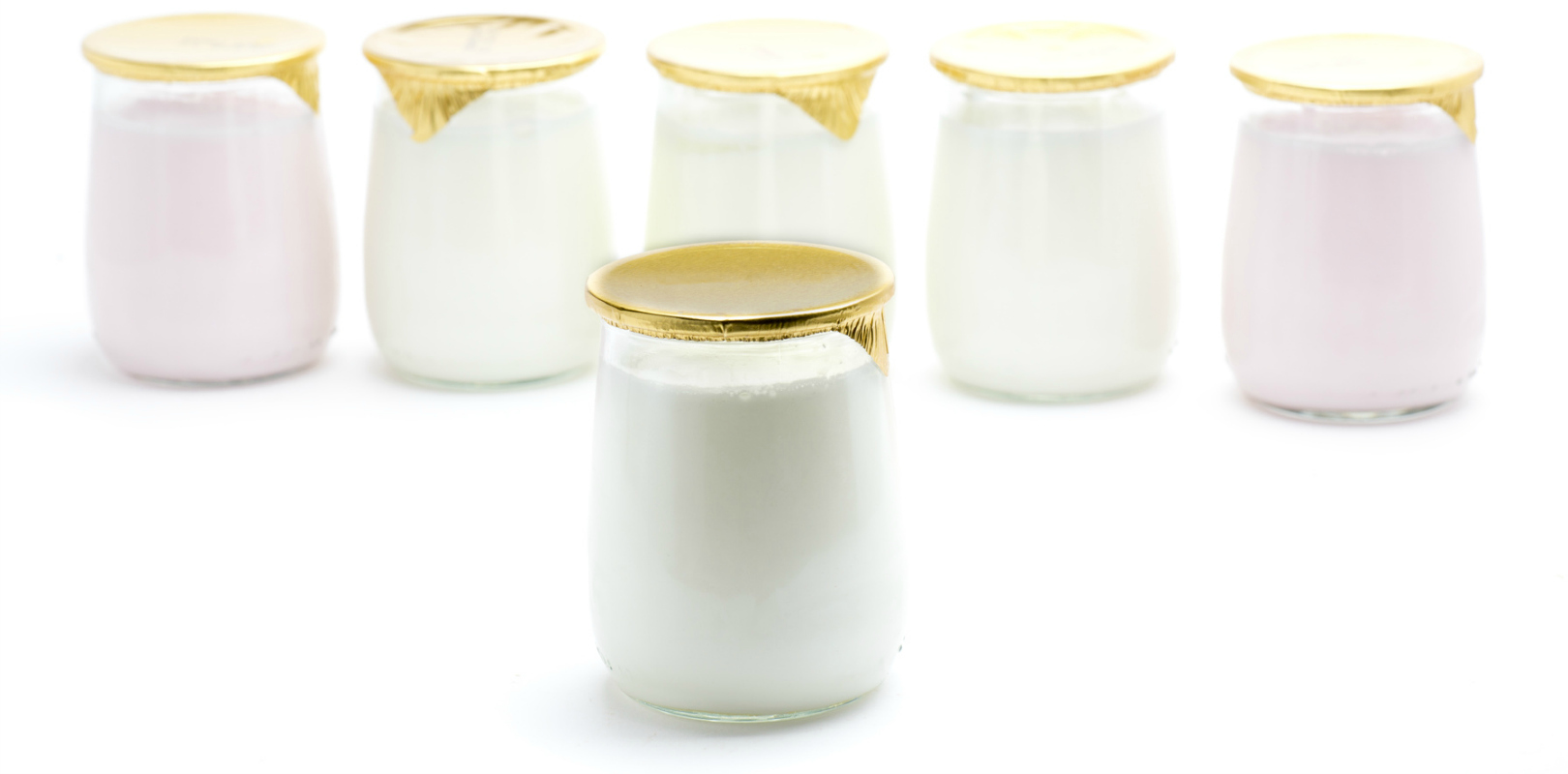This recent study published in the British Journal of Nutrition by a team of researchers was headed by Université Laval Professor Angelo Tremblay.
His team tried to determine whether the consumption of probiotics could help reset the balance of the intestinal microbiota in favor of bacteria that promote a healthy weight. To test their hypothesis, researchers recruited 125 overweight men and women.
The subjects underwent a 12-week weight-loss diet, followed by a 12-week period aimed at maintaining body weight. Throughout the entire study, half the participants swallowed 2 pills daily containing probiotics from the Lactobacillus rhamnosus family, while the other half received a placebo. After the 12-week diet period, researchers observed an average weight loss of 4.4 kg in women in the probiotic group and 2.6 kg in the placebo group. However, no differences in weight loss were observed among males in the two groups.
After the 12-week maintenance period, the weight of the women in the placebo group had remained stable but the probiotic group had continued to lose weight, for a total of 5.2 kg per person. In short, women consuming probiotics lost twice as much weight over the 24-week study period of the study. Researchers also noted a drop in the appetite-regulating hormone leptin in this group, as well as a lower overall concentration of the intestinal bacteria related to obesity.
According to Angelo Tremblay, probiotics may act by altering the permeability of the intestinal wall. By keeping certain pro-inflammatory molecules from entering the bloodstream, they might help prevent the chain reaction that leads to glucose intolerance, type 2 diabetes, and obesity.












